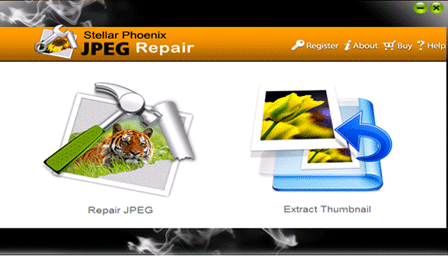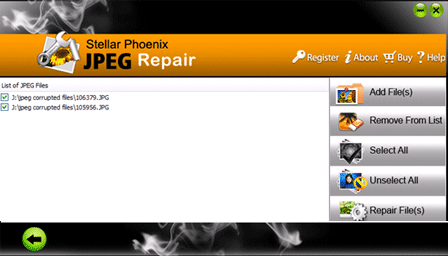How to Recover Lost or Deleted JPG Files on Mac OS X
The JPEG file format is the most popular way for storing the photos in various consumer devices such as smart phones, memory cards, cameras and flash drives, but many of the people ends up in losing the files accidentally before creating a backup. Is it possible to prevent such loss?
Among the most common scenarios of losing the JPEG files you can find camera memory formatting and file deletion as the most common and other faulty software code that corrupts the data on your Mac device, or virus infected drive that renders the folders unusable.
How to recover lost JPG files on Mac?
There are many methods on Google, but in the opinion that only is the way to recover JPEG photos is by getting capable data recovery software. You can get back all your JPEG files by using the JPG File Repair Tool for Mac. And it takes only a moment to install. It is JPEG Recovery software that lets you easily recover lost photos from range of devices. It works with the MAC based devices, flash drive, SD cards, phone memories and many other prone that can accidentally deletion and formatting. It helps in recovering the deleted or lost images from the Mac supported media.
Why We Recover the Lost JPG Files
Actually you need to recover your photos files on your devices such as Mac or camera memory card. But first thing you need to do is to stop using the device. When you need to delete the files or format on your device, the operating system that deletes the catalog of files and free up the space of the files so that the device gets enough space for storing the new files. If you have to not put new files into the card, changes are still there for you in recovering the photos on your Mac.
But if you need to put new files into the device the new files that occupy the space that belongs to the deleted files and you will lose the chances to recover your files. This is why you should not use your device after data loss happens.
How to Recover Lost JPG Files on Mac
For recovering back the JPEG files or other files on your Mac, you can easily follow these steps:
First Step-Install the Software
It is very simple you just need to follow the guidance to install the data recovery software at the right place but the path which the ‘deleted files’ are stored, to avoid the data overwritten situation.
Second Step-Choose Your Device
You need to launch the software, you need to locate the file or the folder from where you can choose and then click on the button “scan” to process and deeply scan.
Third Step-Preview and Recover
After scanning gets finished the users can preview the founded files the photos file cam be previewed and with this you can easily decide that files need to be recovered. If yes you can choose the files and click on the Recovery to start the recovery process.
This whole process is very easy to finish with the help of few mouse clicks. And you can easily get back all the lost JPEG files on the Mac easily.
 |
 |
 |
how to Recover Lost or Deleted JPG Files
Step 1. The main interface of JPEG File Repair Tool provides “Repair JPEG” and “Extract Thumbnail” choices. Click on the appropriate button to proceed.

Step 2. After this click on the “Add File” button to add the files which you want to repair. Select the file from the left panel, if you want to repair all the files then click on the “Select All” option using which you can select all the added JPEG files at once and “Unselect All” to deselect all the listed files. Then click on the “Repair File” to start the repairing process.

Step 3. all the repaired files are displayed in the left pane. If you have selected the “repair JPEG files” then you see a list of JPEG images in thumbnails. After seeing the preview you can click on the “Save” button for saving the files on the system.
Step 4. After finishing all the process of saving the repaired file, it will be display a pop-up message. You can click on it to go to the container folder.
133 Total Views 3 Views Today
